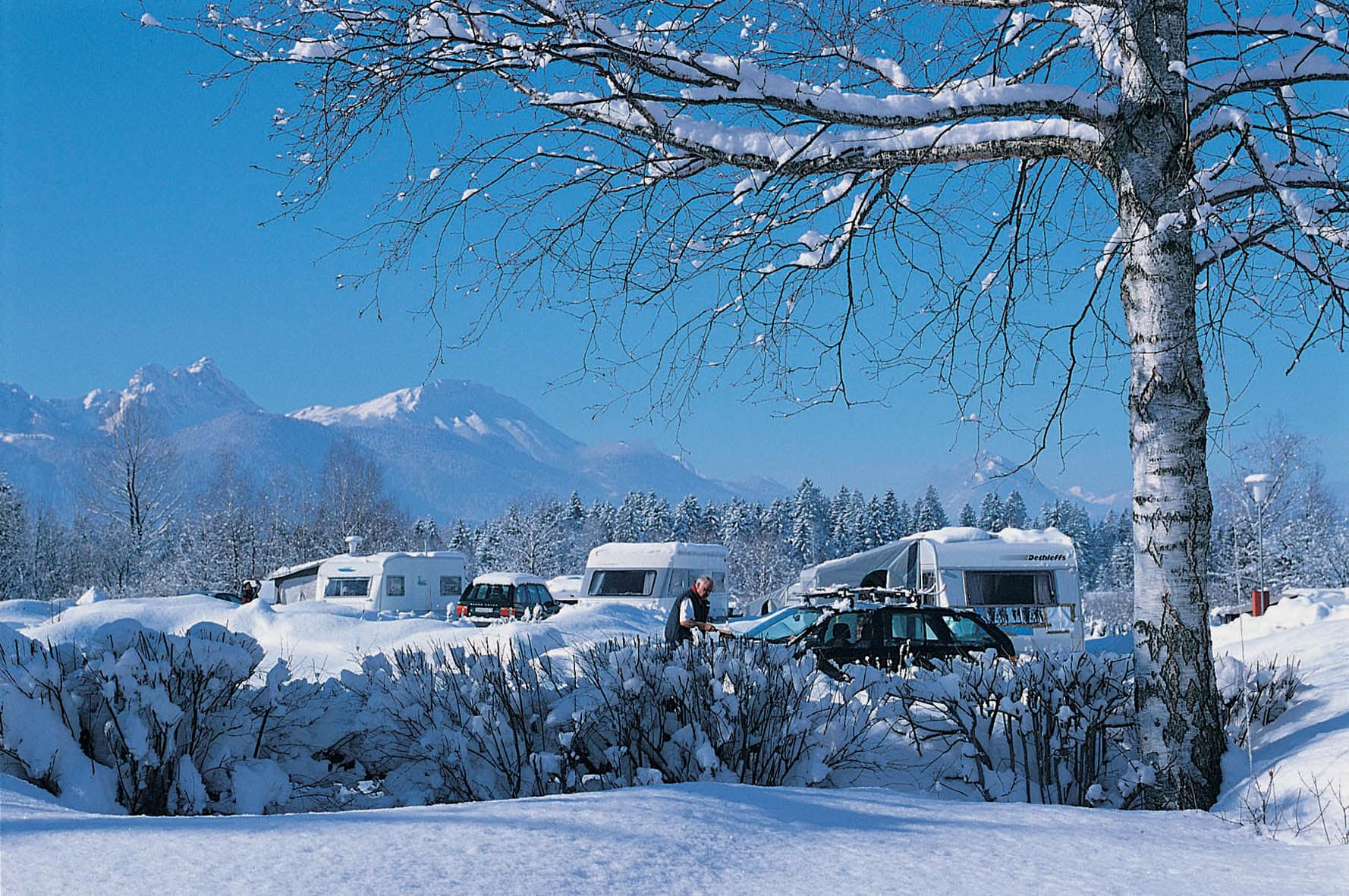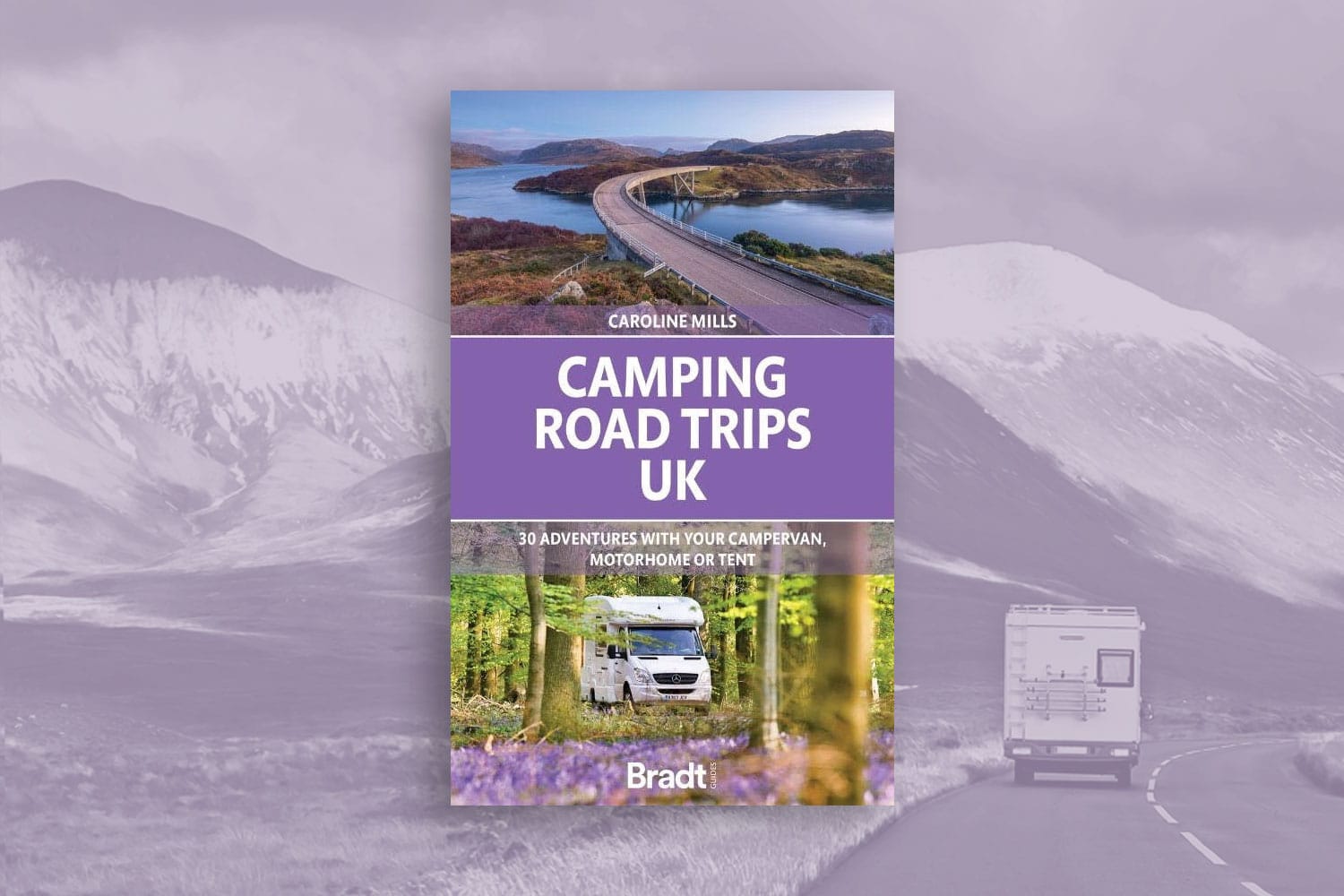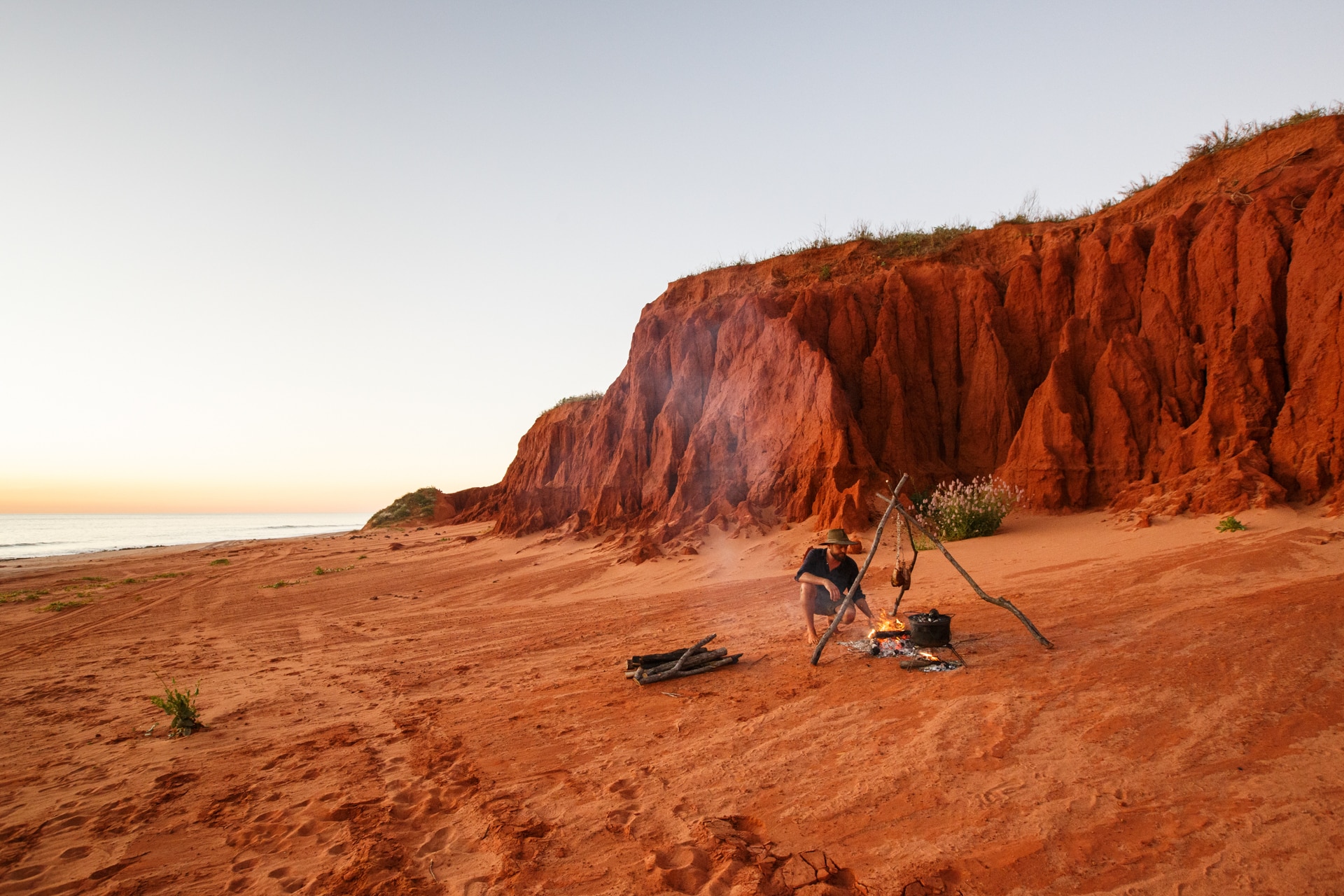There’s no need to shut the curtains, lock the door and put your motorhome, campervan or caravan into storage over winter. With so many campsites open all year – and, for motorcaravanners and campervanners, a vast network of aires throughout Europe – now’s the time to explore touring in winter and enjoy a touch of the cold stuff while sites are quieter.
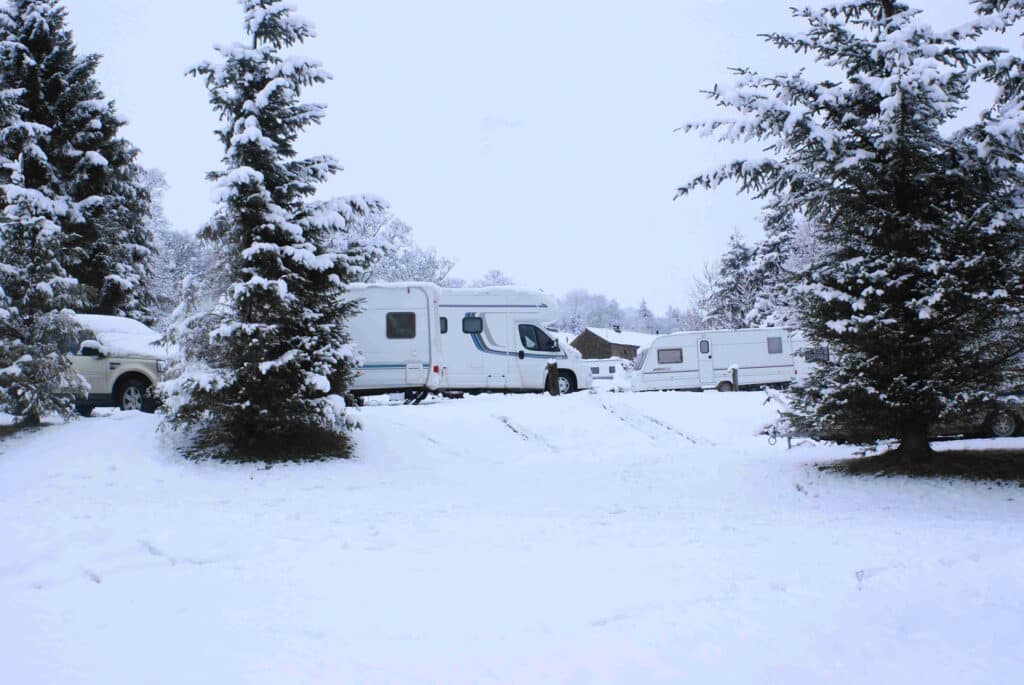
Perhaps you’re an avid skier, or you simply want to witness the Alps, the Cumbrian fells or the Cairngorms dressed in their winter best. Maybe you prefer touring south, ready to find some warmth and winter sun. Whatever your reason for not mothballing the van until spring, here are our top tips and advice for winter touring.
Winter essentials
Water: Water and winter are, naturally, not best friends in temperatures below freezing. Before you set off, check all water pipes for leaks; it’s important to keep them above freezing to avoid costly damage. In sub-zero conditions, keep the waste drain tap open. If your van is not fully winterised (and there are many) or insulated to Grade Three classification for heating and thermal insulation (check with your vehicle manufacturer; they’ll be able to let you know whether your unit is), a fish tank heater can be placed in fresh-water tanks to prevent freezing. Make sure that you drain down both the fresh- and waste-water systems and keep taps open when the van is not in use. It’s worth keeping a roll of self-fusing silicone repair tape handy in your van for emergency repairs to leaking pipes.
Gas: ensure that you’re using propane gas rather than butane, which won’t work below freezing. Make sure that you have a spare bottle ready to go with a quick changeover. If your van is fitted with an LPG tank, you can find filling stations at www.mylpg.eu/stations.
Emergency kit: keep a winter touring emergency kit with you so that you’re fully prepared for poor road conditions or staying on site. A (plastic) shovel is essential, but your kit list should also include a mobile phone (fully charged of course), de-icer, an ice scraper, and a brush. One of the most useful bits of kit is a set of wheel grips (available from manufacturers like Milenco or Fiamma) to carry with you. These are excellent to gain traction in slippery conditions – whether ice or a muddy field.
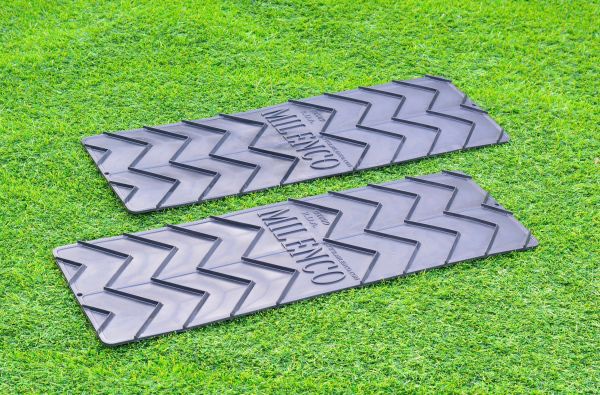
Electric heaters: take care using electric heaters on site to keep your van warm. Check the rating of the campsite hook-up first, or you may find that you overload the circuit and leave fellow campers out in the cold. Alternatively, rather than using an expensive-to-run electric heater, invest in a low-voltage electric blanket that will perk up the bedsheets before bedtime and prevent them from feeling damp.
Keeping cosy: add additional rugs and carpets to the floor for extra insulation and incorporate cushions and throws into a living area to help it feel cosy. Keeping the blinds and curtains pulled during the day when it’s not sunny will help to insulate the van and keep warmth in. Don’t forget the roof blinds, too. Add extra insulation, such as silver screens, to cab windows and consider lagging pipes with silver bubble wrap if your van is not fully winterised.
Condensation: remember to keep some ventilation in your van or condensation will build, causing mould and damp upholstery/bedclothes.
Protection: use products to keep the exterior of your van protected from winter grime, such as Fenwick’s (fenwickscaravan.com/product/overwintering/) Overwintering Exterior Protector, which will provide a protective, wax coating and help to shield your van from winter dirt.
Towing: towing a caravan is not recommended in icy or snowy conditions, but if it’s essential that you do, add something clearly visible to the front and rear. Being (generally) white, they tend to blend into the environment and can be hard to spot by other motorists.
Snow: Before you drive away, make sure that you remove any snow build-up from the roof of your van. The police don’t take kindly to large amounts of the white stuff flying off while driving.
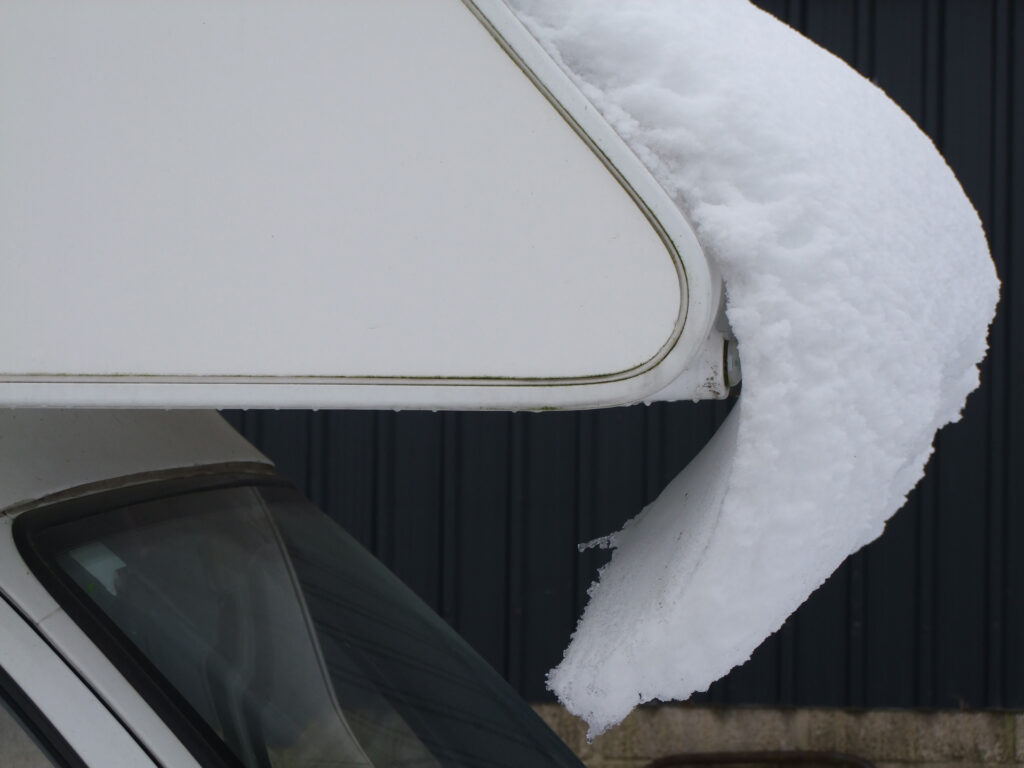
Driving: when driving a motorhome in winter conditions, it goes without saying to reduce your speed considerably, and increase your braking time. If your motorhome starts to skid, take your foot off the accelerator and brake, and gently steer in the direction you’d like to go. Only apply the brakes once you feel the vehicle regain traction.
Let’s be clear; Touring Magazine is not encouraging or advocating recklessly heading out onto roads that are likely to be hazardous. Only you know your own capabilities and confidence levels.
However, on recent tours of Europe during winter months, including to mountain regions such as the Alps (Italy and France) and the Monts du Cantal (France), our editor Caroline Mills found that most roads are kept clear of snow and ice and are safe to drive, while able to enjoy winter scenery.
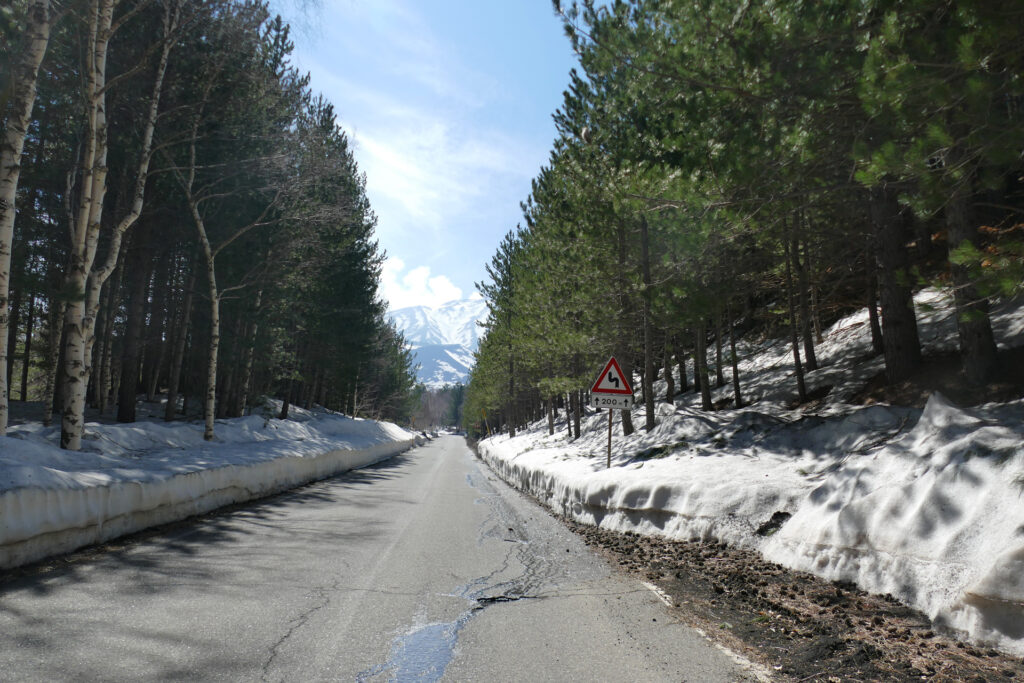
Winter tyres, snow chains and snow socks
There are rules regarding the use of winter tyres, snow chains and snow socks and these vary from country to country – and even within regions. Some countries, such as France and Italy, relate to specific times of the year (typically between 1st November and 1st April). Not all departments in France or provinces in Italy require the need to carry snow chains. Roads and regions that do are indicated by road signs.
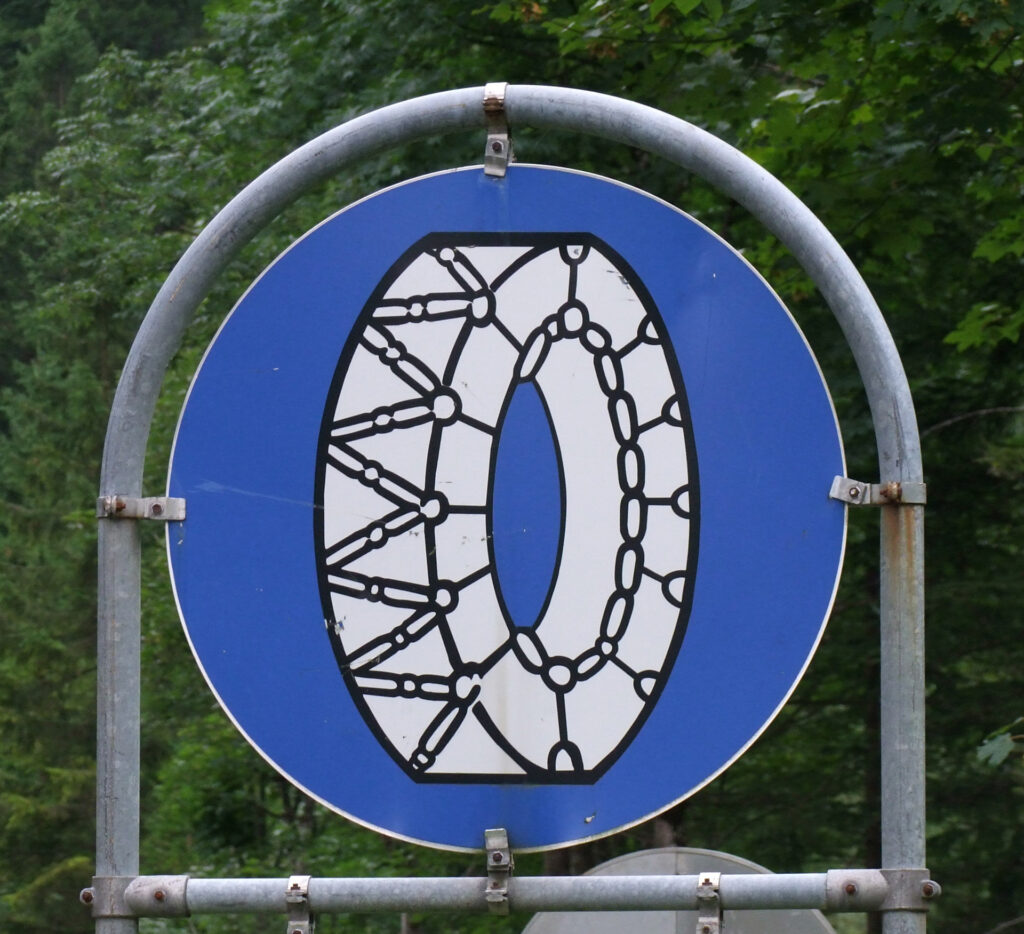
Germany, by contrast, doesn’t fix its rules to a time period or specific areas of the country but applies the use of winter tyres any time, countrywide, in winter conditions (that is, snow, slush and ice). That’s driving conditions only, so you could be parked up with standard tyres in a campsite that’s covered in snow and, so long as the vehicle is not driven until the winter conditions have gone, stay within the law. Snow chains must also be carried in certain mountain areas, indicated by road signs.
In the UK, there is no requirement to use winter tyres, snow chains or snow socks. But, if you routinely tour throughout winter months, you may find it warrants carrying a set (a minimum of one pair for the drive wheels) for emergency use to reach safe ground.
Seasonal Sites
If you’re keen to use your van throughout the winter months but feel unsure about driving or towing in poor conditions, you could think about a seasonal site. These are campsites that allow you to leave your van on a pitch for a complete season, allowing you to come and go as you please, without the worry of towing a caravan or driving a larger motorhome in winter conditions. There are more than 1700 sites throughout the UK with seasonal pitches; you can find one in your favourite spot here.
Winter sun
Don’t fancy touring on wintry British roads? Why not take advantage of winter sun and head to countries like Spain, Portugal, or even Malta? You’ll often find great deals for season-long stays at campsites in Spain and Portugal. You can find a campsite that’s open all year with our friends at Search for Sites
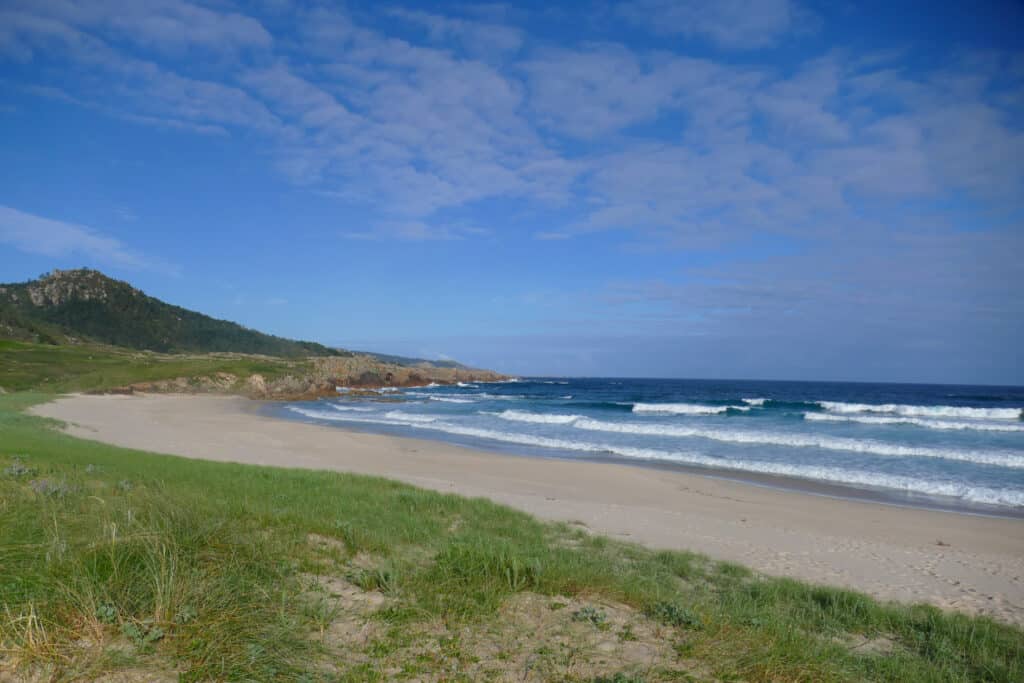
The best van for winter
Not yet bought your dream van? We’re not going to pretend that buying either a motorhome or touring caravan is a low-cost proposition these days. Therefore, it makes sense to purchase an outfit that you can maximise all-year-round use and remain comfortably snug inside.
Look for motorhomes and caravans that have, at least, Grade Three (the maximum grading) classification for heating and thermal insulation; most motorhomes and touring caravans manufactured today do. Certain manufacturers, particularly German manufacturers like Dethleffs, Hymer and Carthago, offer fully winterised motorhomes with double floors (meaning essential pipework is kept away from the exterior of the van) or winter comfort package with extras like floor heating, extra insulation and an additional leisure battery. Have a look at our pick of the best motorhomes available now and the best touring caravans available now.
Main image: Camping Hopfensee
All accompanying images ©Caroline Mills, unless otherwise indicated

